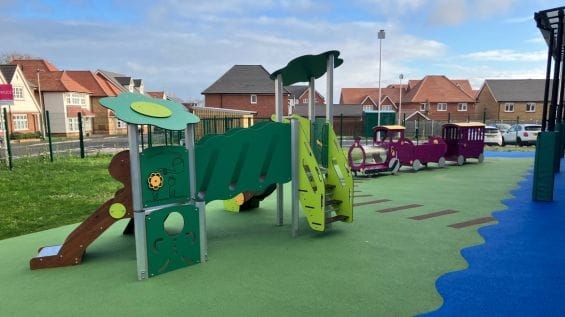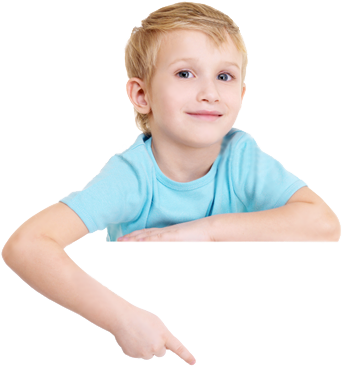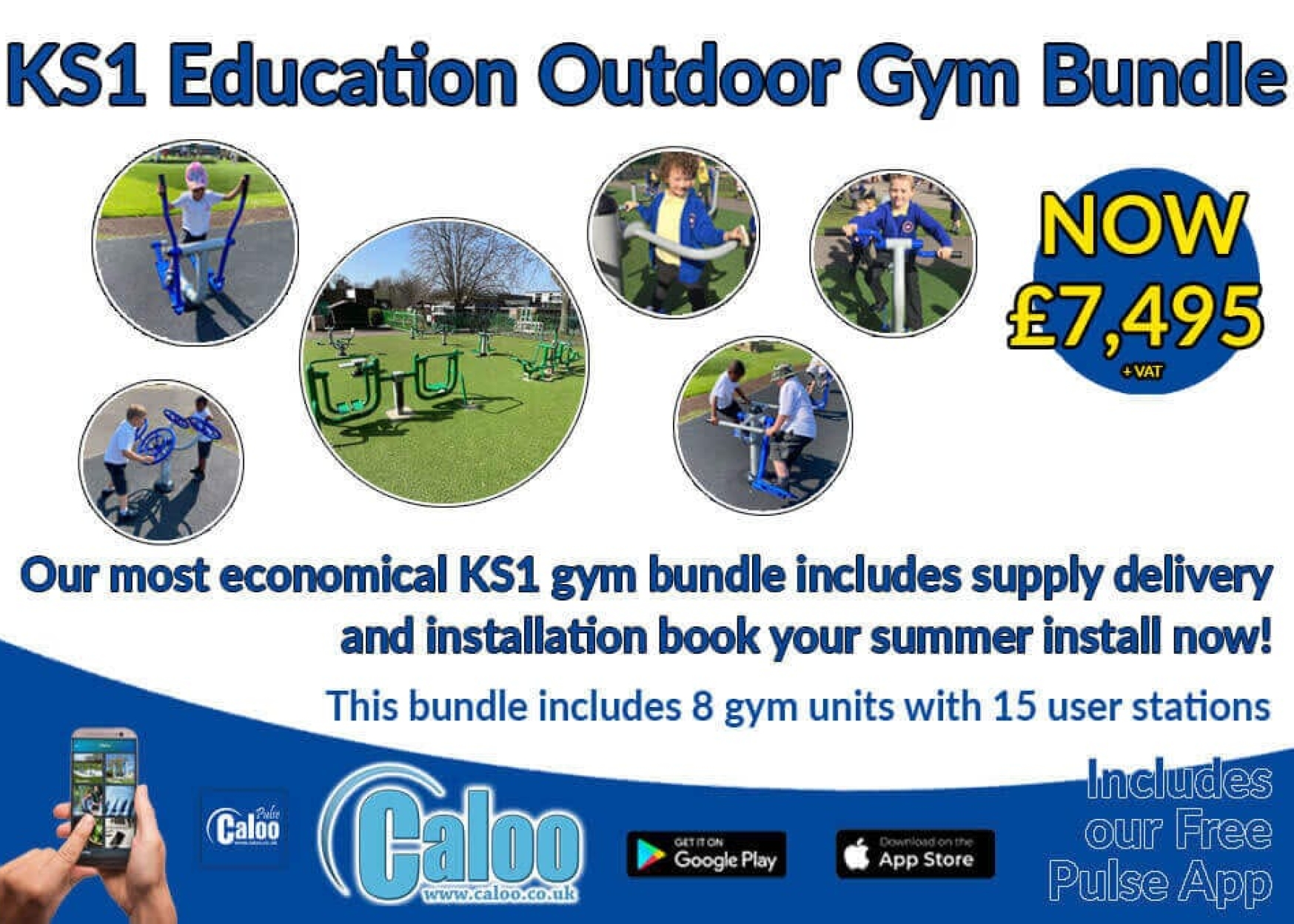Playground equipment for the EYFS supports early learning through movement, creativity, and sensory play. From mud kitchens to mini trim trails, well-designed outdoor spaces help children aged 0–5 develop motor skills, language, and social confidence. Choosing age-appropriate, inclusive equipment that aligns with EYFS goals fosters meaningful, developmentally rich play experiences.

18
Jul
Jul

Quick Guide to Choosing Playground Equipment for EYFS Learning
For nurseries and preschools, the outdoor environment is more than a place for children to burn off energy. It is a vital extension of the classroom. Well-chosen playground equipment plays a significant role in shaping a child’s development during the Early Years Foundation Stage (EYFS), supporting everything from communication and language to physical coordination and social interaction.
In this guide, we’ll explore how to choose playground equipment that supports the EYFS framework and meets the unique needs of children aged 0–5. Whether you’re updating an existing space or starting from scratch, this quick guide will help you create an outdoor area that truly supports learning through play.
Why Playground Equipment Matters for EYFS Learning
The EYFS framework encourages settings to offer rich, varied environments where children can explore, take risks, and develop key skills through active play. Playground equipment is one of the most effective ways to bring this vision to life outdoors.
Outdoor learning allows children to engage with their environment in a more physical, sensory-rich way than an indoor setting can offer. When thoughtfully selected, playground equipment encourages movement, independence, discovery, and self-expression — all of which are central to early childhood development.
Through climbing, balancing, swinging, digging, building, and imaginative role play, children strengthen both fine and gross motor skills. They also develop language, resilience, and emotional awareness through interaction with peers. The right equipment creates a purposeful link between physical activity and cognitive development, laying a strong foundation for future learning.
What to Look for When Choosing Playground Equipment for EYFS
There’s no one-size-fits-all solution when it comes to early years playground design. However, there are key principles to consider when selecting equipment that meets the needs of your children and complements the EYFS framework.
Age-Appropriate Design
EYFS playground equipment must be designed for small hands, growing bodies, and developing skills. Low platforms, wide steps, handholds, and ground-level features make equipment accessible and safe for toddlers and preschoolers.
Open-Ended Play Value
Choose items that offer flexibility. Play Equipment that can be climbed, crawled, or turned into a storytelling centre keeps children engaged longer and supports creativity.
Physical Development Opportunities
Climbing units, wobble bridges, balance beams, and stepping logs help children develop coordination, strength, and spatial awareness. These features build confidence while encouraging safe risk-taking.
Sensory Engagement
Play panels, musical instruments, water channels, and sand trays stimulate the senses and provide calming activities. Sensory equipment is especially helpful for children who benefit from tactile or auditory play.
Social Interaction
Look for play features that support both independent exploration and group activities. Playhouses, mud kitchens, and larger structures allow children to collaborate, share, and learn social rules naturally.
Inclusion and Accessibility
Inclusive design ensures all children can access play, regardless of ability. Incorporate wide routes, varied levels of challenge, sensory-rich panels, and features at multiple heights to promote participation.
Surfacing and Safety
Impact-absorbing safety surfacing is essential for EYFS areas. Choose options like wet pour, artificial grass, or rubber mulch that are both safe and easy to maintain, and ensure all equipment meets safety standards suitable for early years.
Popular Types of EYFS Playground Equipment
Different types of playground equipment contribute in unique ways to EYFS learning goals. Here are some of the most popular and effective choices for nurseries and preschools:
Mud Kitchens and Messy Play Areas
These are perfect for encouraging role play, problem-solving, and hands-on sensory experiences. Children explore materials, mix ingredients, and use tools, which supports expressive arts and understanding of the world.
Mini Trim Trails
Balance beams, stepping stones, rope climbs, and log stacks offer exciting physical challenges that support gross motor development and resilience. They also teach children how to navigate space safely.
Role Play Structures and Playhouses
Spaces that mimic real-world settings, such as shops, houses, or vehicles, allow children to explore emotions, vocabulary, and social behaviours through pretend play.
Water and Sand Play Units
Tactile materials like water and sand help children develop fine motor skills and mathematical thinking. Pouring, scooping, and transferring also reinforce hand-eye coordination.
Interactive Panels and Ground Markings
Alphabet boards, number games, phonics trails, and storytelling paths introduce literacy and numeracy in a fun and approachable way. These features are excellent for integrating outdoor learning with the early years curriculum.
Each of these types of equipment can be adapted to your available space, budget, and the specific needs of your children. The most effective outdoor areas usually include a mix of activity types to support a broad range of developmental goals.
How to Plan and Design Your Outdoor Space
Before choosing any specific playground equipment, observe how your current space is being used — or how children naturally interact with the environment. Watch for moments of engagement, exploration, frustration, or excitement. These observations offer real insight into what equipment will best support your children.
Plan the layout to encourage free-flow play between zones, with open areas for running, corners for quiet exploration, and pathways that lead children from one area of interest to another. Include both challenging activities and soothing features like shaded reading spots or sand play zones.
Partnering with an experienced playground equipment provider can make the planning process easier. Look for a team that understands EYFS development and can guide you through options that suit your space, learning goals, and budget. Materials, surfacing, and installation are all part of the wider picture, so choose a provider that offers a full-service approach.
Ready to Transform Your EYFS Outdoor Area?
Outdoor play is an essential part of early years education, and the right playground equipment can make all the difference. Caloo offers a wide range of products designed specifically to support EYFS learning and development. Whether you’re enhancing a small nursery courtyard or building a new outdoor classroom, get in touch with our team of experts to make your vision come to life!.
Whether you’re refreshing a small outdoor area or planning a brand-new learning space, our team is here to help you create the ideal environment for early years play and development. Get in touch to start planning your project.

















